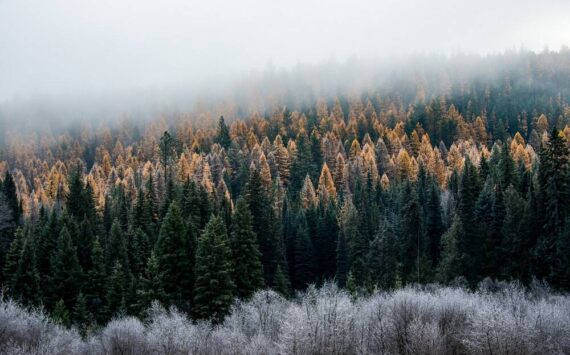By Morf Morford
Tacoma Daily Index
Those beautiful pristine areas are home to many creatures
A recent report has uncovered the areas across America where residents are most likely to encounter a dangerous animal.
Every year, across the US, eight people are the fatal targets of wildlife, with thousands seeking medical attention following encounters each year.
We in the Pacific Northwest don’t have very many toxic/dangerous creatures and most of what we do have are on the large side. Especially here on the west side, we have very few poisonous insects or snakes.
We do have mountain lions and bears and a few others, but, in most cases, our most dangerous creatures would far prefer to be left alone. The old saying about cougars for example, is that if you see one, there is not much of a chance that you saw it first.
You might think you know about animals, but did you know that there are over 3,000 species of wild animals native to North America?
As you consider your summer travel plans, you might want to keep in mind where in the US are you most likely to encounter a dangerous animal and which states have the highest odds of being involved in an incident.
The most toxic state, to no one’s surprise, is Texas. Since 2000, for example, Texas was the leading state for attacks across all categories.
Hornets, wasps, and bees, snakes and a variety of reptiles are ready to welcome you to the Lone Star state.
Texas had 559 fatal encounters over the last two decades.
California has the second most predatory critters with Florida, North Carolina, and Tennessee filling out the list of the top five states for dangerous animal encounters.
Florida, famed for its free-roaming alligators and crocodiles, has experienced 257 lethal attacks by animals since 2000.
The state of Washington is 18th out of the 50 states.
Vermont, North Dakota, and New Hampshire have had no reports of animal attacks since 2000 – making those states the safest.
They are closely followed by Rhode Island and Delaware who have had little to no reports.
Hawaii has seen 12 fatalities since 2000 – with most deaths came from encounters with ocean animals (7), with the remaining registered as dog attacks.
Snakes and lizards
When it comes to death by reptile, snakes and lizards in particular, after Texas (16) and California (15), the only other US states with more than one fatality over the last 20 years are Georgia (14), Tennessee (7), Florida (4), Arizona (3), Kentucky (3), Missouri (3), and Alabama (2).
Some states are obviously larger, and wilder than others. How much wilderness do Rhode Island and Delaware have?
And, much like the human ecosystem, your well-being and chances of hazard depend on where you go.
No matter where you go, a few precautions and a cultivated sense of situational awareness will serve you well.
Wherever you go, talk to locals and take note of the dangers specific to that area.
For more details or to check out the statistics in any other state, take a look here.
Here in Washington state, we might not have many deaths at the hands (or claws or teeth or bites) of other creatures, but we do have dangerous terrain.
With landslides, floods, tsunamis, volcanoes and earthquakes, the earth itself (or the waters around us) have been known to rise up and let their presence – and power – be revealed to all.
You might think of our city streets as being dangerous – and of course they are – but don’t expect the wilderness experience to be as benign as the travel brochures might suggest.
Those trails might be inviting and scenic, but watch out for cliffs, loose rocks, falling limbs and anything else that might fall, collapse or wrap itself around you.
From deer flies to banana slugs and grumpy alpine goats, we have all kinds of creatures that would love to sting, bite or swallow you whole.
And, just a reminder; we have five active volcanoes in Washington. You can see more about them here.
An eruption could be hundreds of miles away and still impact us – or our friends across our borders.
Be careful out there!





